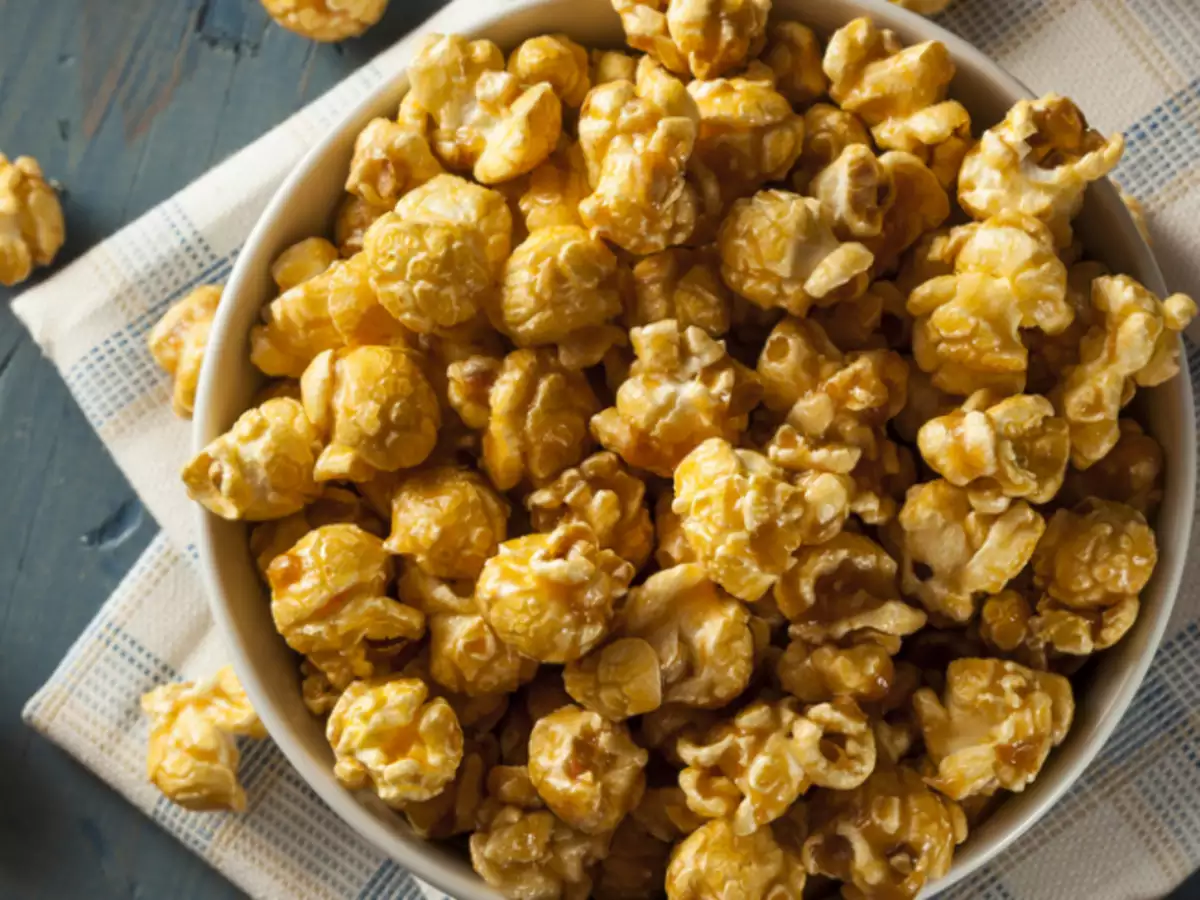Popcorn Market Impacting Factors: How Health, Retail Trends, Flavor Variety, and Sustainability Drive Market Expansion

Popcorn, once a humble snack enjoyed at movie theaters, has grown into a multi-billion-dollar global market. The popcorn industry’s expansion can be attributed to several key factors, each influencing its production, consumption, and distribution. Whether it’s changing consumer preferences, innovations in flavor and packaging, or shifts in the retail landscape, these factors work together to shape the current popcorn market.
1. Consumer Preferences and Health Trends
The increasing awareness of health and wellness has significantly impacted consumer choices. In recent years, people are becoming more conscious of what they eat, leading to a rise in demand for healthier snacks. As a result, the popcorn market has seen a shift toward low-calorie, low-sodium, and organic popcorn options. Consumers are more inclined to choose air-popped popcorn or popcorn made with natural ingredients, steering away from traditional options laden with butter and artificial flavors.
Moreover, the rise of vegan and gluten-free diets has prompted popcorn manufacturers to cater to these specific dietary needs. The demand for clean-label products, which are free from preservatives and additives, is driving innovation in the popcorn industry. This shift is evident not only in the premium popcorn segment but also in mass-market offerings, making popcorn a more appealing snack to a broader range of consumers.
2. Flavor Innovations and Product Diversification
Popcorn manufacturers are constantly experimenting with new flavors and product variations to attract different consumer segments. From sweet to savory, the range of flavors has expanded considerably. While classic buttered popcorn remains a favorite, there is now a growing trend for exotic flavors like truffle, jalapeno cheddar, caramel, and even spicy sriracha.
Additionally, the rise of gourmet popcorn brands has led to the diversification of the product itself. Consumers can now purchase popcorn in various forms, such as pre-popped, microwaveable, ready-to-eat bags, or even popcorn kernels for home popping. This diversification helps cater to different market needs and creates opportunities for manufacturers to introduce innovative products that capture the attention of consumers seeking variety and novelty in their snacks.
3. Retail and Distribution Channels
The evolution of retail and distribution channels has played a crucial role in the growth of the popcorn market. With the rise of e-commerce, popcorn is now more accessible than ever before. Online grocery shopping has become increasingly popular, allowing consumers to order their favorite popcorn brands from the comfort of their homes. This shift to digital retail is especially prominent during the COVID-19 pandemic, as more consumers turn to online platforms for food delivery.
In addition to online retail, traditional brick-and-mortar stores like supermarkets and convenience stores continue to be strong distribution channels for popcorn brands. Popcorn manufacturers are increasingly using in-store promotions and eye-catching packaging to stand out on crowded shelves. Partnerships with large retailers like Walmart and Costco have also helped boost the visibility and availability of popcorn products.
4. The Influence of the Entertainment Industry
The popcorn market has long been closely associated with the entertainment industry, particularly with movie theaters. As moviegoers indulge in the classic combination of popcorn and films, the demand for popcorn remains high in cinema settings. The increasing popularity of streaming platforms like Netflix, Hulu, and Amazon Prime Video has further fueled this demand. People enjoy popcorn at home while watching their favorite shows and movies, leading to a consistent consumption pattern for the snack.
Moreover, special events such as film premieres, sports games, and festivals contribute to periodic spikes in popcorn consumption. Manufacturers often align their marketing strategies with these events, offering limited-time flavors or promotions that resonate with consumers during high-demand periods.
Conclusion
The popcorn market is driven by a combination of changing consumer preferences, flavor innovations, retail dynamics, and sustainability concerns. As these factors continue to evolve, the industry will adapt, providing consumers with an even wider array of options. The demand for healthier, more diverse, and sustainable snacks will shape the future of popcorn, ensuring its place as a beloved snack for generations to come.
- Art
- Causes
- Crafts
- Dance
- Drinks
- Film
- Fitness
- Food
- Games
- Gardening
- Health
- Home
- Literature
- Music
- Networking
- Other
- Party
- Religion
- Shopping
- Sports
- Theater
- Wellness


